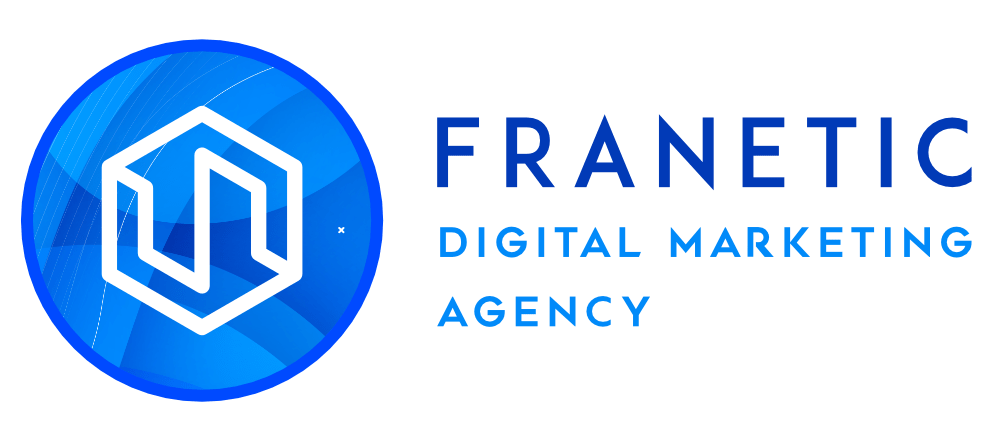The recent **tariff announcements** have introduced a challenging landscape for consumer packaged goods (CPG) brands. As import costs soar, these brands find themselves at a crossroads: do they **raise prices** or alter product sizes and quality? Each choice carries the potential to erode consumers’ **price-to-value perceptions**, especially as many shoppers grapple with tightened budgets.
In this critical environment, it’s more essential than ever for CPG brands to **track real-time price-to-value perceptions**. Understanding how consumers weigh their perceived value against the prices they’re asked to pay is paramount. This requires honing in on key **warning signs**, prioritizing meaningful signals, and identifying vulnerabilities within their strategies.
Monitoring Price-to-Value Perception
Price hikes spurred by tariffs and alterations in product offerings are not mere hypotheticals; they carry immediate implications for **consumer value perception**. Today, this perception significantly influences brand loyalty, purchase intent, and the inclination to pivot to competitors or lower-priced alternatives. With sustained **inflationary pressures** weighing heavily on budgets, shoppers are more critical than ever, probing whether a product is truly worth its price tag.
Our recent analysis of consumer sentiment underscores this trend. In a comprehensive dataset involving over **408,000 feedback records** pertaining to **700 personal care products**—ranging from toothpaste to deodorants—discussions around price and value surged by **5.2% in April 2025** compared to the previous year. Although this category exhibited a more tempered increase relative to others, the persistent growth signals a rising sensitivity to price-to-value dialogues, even in low-cost essentials.
Turning to the snacking realm, we examined a dataset with over **263,000 consumer feedback records** on **1,305 food snacking products**, including chips, cookies, and chocolates. Here, mentions of price-to-value escalated by a striking **11.3% in April 2025**, outpacing personal care products. This surge can be partly attributed to the international sourcing of many food items, further complicating perceptions of value.
Explore More: How Nike Plans to Navigate a $1 Billion Tariff Impact
In discretionary categories, the data paints an even sharper picture. Our findings from **441,000 consumer feedback records** on **93 electronics products**—including noise-canceling headphones and smart speakers—revealed an astonishing **56.3% year-over-year increase in price/value mentions** in April 2025. Notably, this spike began prior to the latest tariff round and intensified following the “Liberation Day” announcements, exposing how sensitive certain categories are to both actual and anticipated price increases.
Ultimately, this environment will yield clear **winners and losers**. Brands equipped with **insulated supply chains**, **pricing flexibility**, or robust domestic sourcing will likely weather tariff-induced disruptions more effectively. However, the true distinguishing factor will lie in the capacity of these brands to adeptly **monitor and respond to shifts** in consumer price-to-value perception in real-time. Unlike macroeconomic entities or fluctuating tariff rates, this is a **dynamic variable** that brands can actively manage. Those that swiftly address perception risks will be significantly better positioned to navigate the anticipated volatility ahead.





